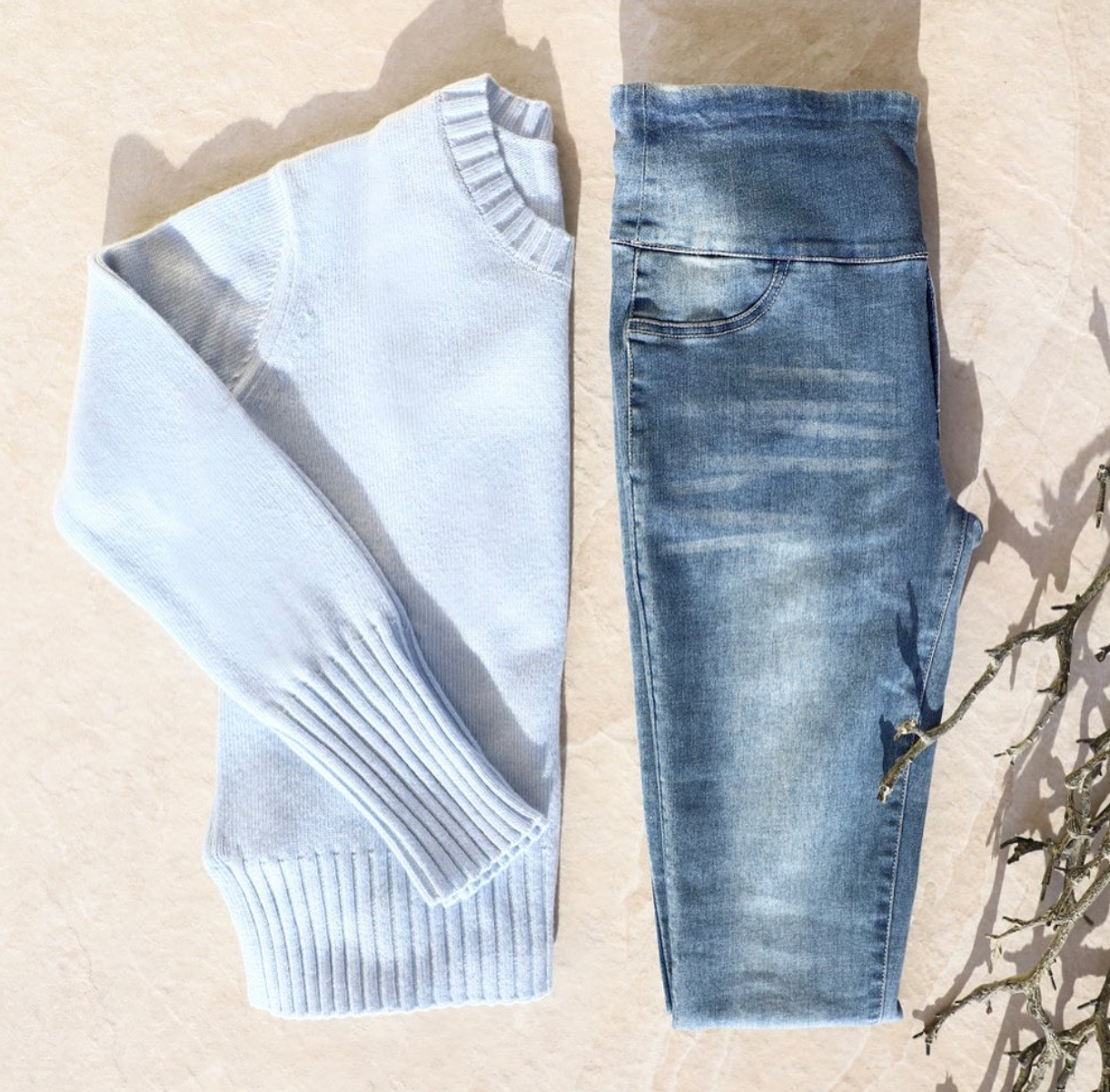
Having to perform CPR on your child is an event that you hope never happens, and the chances of it occurring are small, but it’s not something you want to leave to chance. When you’re educated on the safest and most effective way to perform CPR on your little one, you are in the best position to save a life should the worst happen.
CPR and other first aid techniques are the best defense in protecting children from serious injury and possibly death. While it’s something that you don’t want to think about and might push to the back of your mind, just a few minutes spent learning the basics can mean a matter of life or death for your child.
What is Infant CPR?
CPR, or cardiopulmonary resuscitation, is manually performing techniques on another person in order to get blood pumping to their heart again. When no CPR is performed and someone’s heart has stopped, it can take just a few minutes for them to become brain compromised from a lack of oxygen.
Infant CPR works the same way as it would on an adult, however, it’s performed at a far less aggressive pace and without as much pressure. The general rule is to only use two fingers for compressions, compared to the heel of a hand for a child, and two hands for an adult.
The role of CPR is to keep your infant’s heart pumping blood until help arrives, usually in the form of an ambulance and paramedics. Once they arrive, they will be able to take over from where you are and hopefully treat your child further.
When Might Your Baby Require CPR
CPR is required when somebody’s heart stops beating, and they are unconscious, unresponsive, or not breathing properly. For babies and children, this could mean instances of:
- SIDS
- Illness
- Trauma
- Respiratory illness
There are countless unknown dangers around the home that can lead to a child needing CPR, so while you do what you can to baby proof the furniture and other surroundings, this knowledge is your backup should the worst ever happen.
First Aid Classes for Babies and Children
It’s imperative to learn the correct way to administer CPR, which can be done by attending a first aid course designed for infant and children care. These courses have been specifically designed to treat the common issues that face babies and children such as choking, drowning, and febrile seizures.
Although you hope that you’ll never have to use the skills you learn, it can give you peace of mind as a parent that you’ll be equipped to step in should anything go wrong. In addition, you might learn something new about general household safety and how to keep your baby protected from hidden dangers around the home.
What to Do In an Emergency
As always in an emergency, there are some simple steps to follow to ensure you do the very best you can to save your baby’s life. They are as follows:
D – Dangers? Check your environment for possible dangers such as oncoming traffic, live electricity, or anything else that still poses a threat.
R – Response? Is your child responsive to your voice or actions?
S – Send for help. Without leaving your child’s side, phone 000 for an ambulance or call for help so that someone can assist.
A – Open airway – Check that there is nothing blocking their airways or an obstruction in their mouth.
B – Normal breathing – Is your baby breathing, and if so is this breathing normal?
C – Start CPR – Begin CPR if required.
D – Attach defibrillator (AED). This step is for a medical team to perform if CPR has not been successful.
Where You Can Find Help
Depending on where you live, there are likely a few resources available to you that can teach an infant’s first aid course. A simple Google query will be able to direct you to local providers. However, if you’re in a rural area without access to this, it might be helpful to do an adult’s first aid course. Often times they cover the different techniques required for babies and infants too.
Alternatively, there are some great resources available through St Johns or the Australian Government’s health websites which show you how to perform CPR on infants and children. Even if you aren’t able to attend a class, having at least some basic knowledge could be just what your child needs until the ambulance arrives.
As always, you can rely on the ambulance staff to provide assistance. By phoning 000 in an emergency, you will be able to speak to their experienced phone operators who can talk you through a crisis if you’re unsure of what to do. As with anything important, preparation is your best defense.
New parenthood can be daunting for many, but we’ve spent the last years gathering as many ideas as possibly to make this journey a positive one for you.Whether it is finding breastfeeding clothing to make feeding more comfortable, or tips to help you embrace parenthood with a positive attitude, why not look through our other Peachymama posts!
Further Reading:
https://www.betterhealth.vic.gov.au/health/conditionsandtreatments/cardiopulmonary-resuscitation-cpr
https://www.healthdirect.gov.au/how-to-perform-cpr


